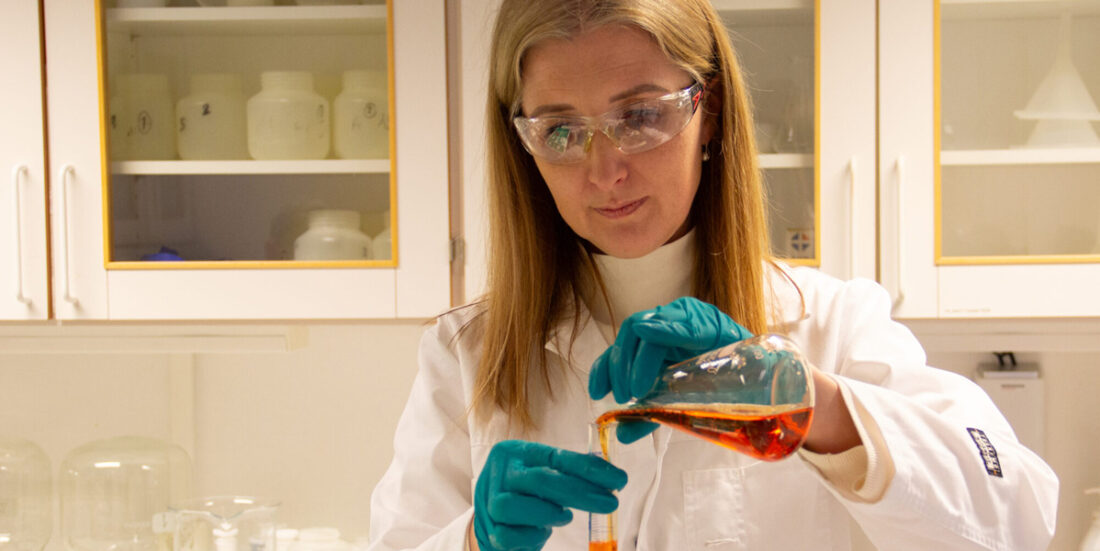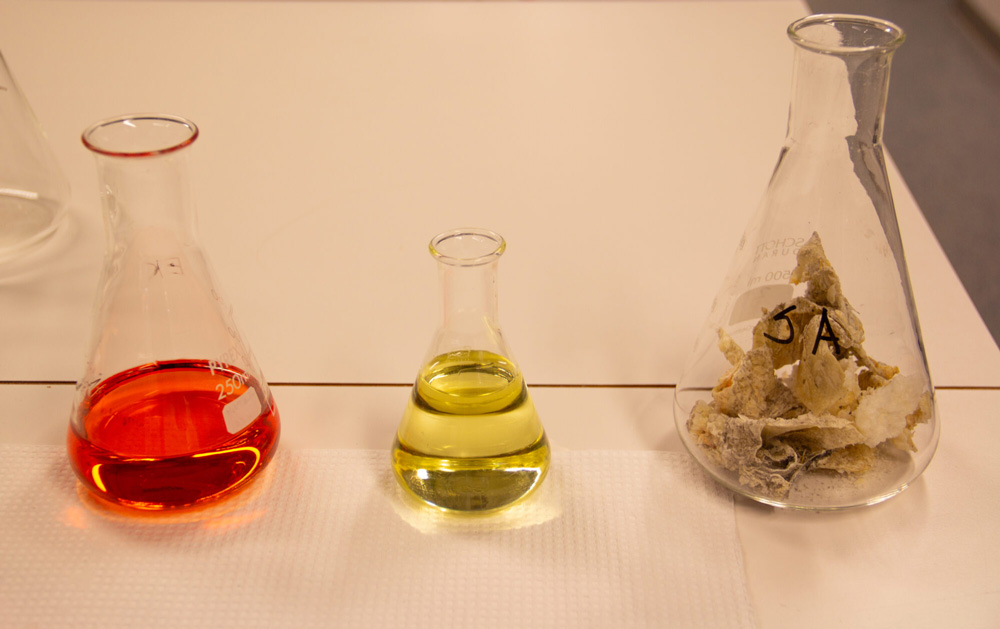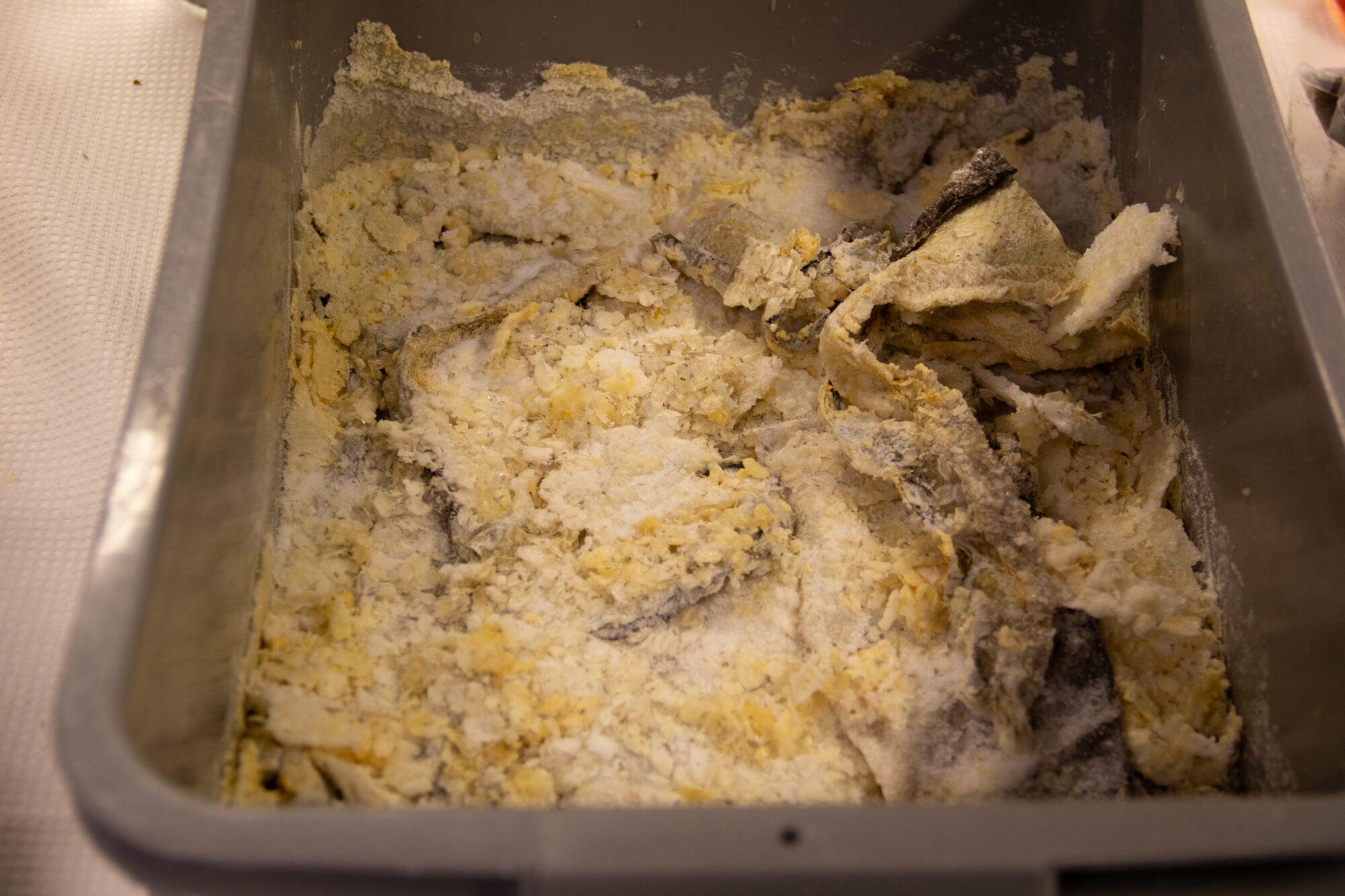Fish residues can compensate for raw materials shortages and improve our health into the bargain
More than a million tonnes of fish residues can rescue the food and cosmetic industries from raw materials shortages – and create new jobs. The key factors here are oils rich in omega-3, collagen and gelatin.
Researchers are currently working to develop technologies that can boost our utilisation of fish residues, and thus optimise our exploitation of biomarine resources. One aspect under study is whether fish skin can be used to manufacture collagen and gelatin, because we know that fish skin and bones both contain a lot of collagen.
Collagen is currently extracted from the skin and bones of pigs or cattle, but gelatin derived from fish skin offers many benefits.
This work is being carried out as part of a project called SUPREME, which is being headed by SINTEF Ocean in collaboration with several research partners, including NTNU and the Technical University of Denmark (DTU).
“In the first place, fish-derived collagen is often of higher quality, and enables people who don’t eat meat to enjoy products containing gelatin”, says Rasa Slizyte, who is a Senior Research Scientist at SINTEF Ocean.
“If we optimise our exploitation of whitefish residues, we can produce more than 6,500 tonnes of gelatin from fish skin every year.
Collagen and gelatin are both sought-after ingredients used in the pharmaceutical, dietary, nutrition and cosmetic industries, where they are used in the manufacture of creams, capsules, powders and jellies. It is not uncommon for these industries to experience shortages in marine raw materials.
A major market
These industries constitute a major market for collagen. However, even if the whitefish sector is able to supply large volumes of fish skins, it is no easy task to exploit their potential. Many fishing vessels have limited space on board and not all are equipped to supply fresh, high-quality raw materials, or to freeze them, which is essential to avoid quality deterioration.
The SUPREME project has involved the testing of a number of preservation technologies such as freezing, salting and low pH techniques. All of these methods produced satisfactory results, with high gelatin yields and good compositions of amino acids.
“This means that if we optimise our exploitation of whitefish residues, we can produce more than 6,500 tonnes of gelatin from fish skin every year”, says Slizyte.
Good oils from salmon
It isn’t only whitefish that offer excellent skins. The skin and the backbones of salmon are rich in collagen, and both could be exploited much better than they are today. When a salmon is filleted and deboned, some residual muscle tissue remains attached to the bone. This mixture is especially well-suited for gelatin extraction and the production of oils and protein hydrolysates. The hydrolysis process, using tempered water, breaks the collagen protein molecules into smaller, taste-neutral peptides. The word hydrolysis is derived from combining ‘hydro’, which means water, with ‘lysis’ which means to break apart.
Salmon skin and bones contain much more oil than those of whitefish. As part of an EU-funded project called DAFIA, SINTEF researchers have been working to develop, among other things, a multi-stage processing technology that incorporates gentle heat treatment to break down the skin or backbones and remove the muscle fraction. This makes it possible to extract as much as 90 percent of the oil.
Extraction of the oil at an early stage preserves its high quality. The process also requires less water and enzymes to enable the hydrolysis process to break up the protein molecules.
These results demonstrate that if the source raw materials are of high quality, it is possible to produce high-quality gelatin, oil and taste-neutral proteins. Moreover, extracting most of the oil early in the process also reduces energy consumption.
- Read also: Nutrient-rich fertiliser from toxic ammonia
A new industry?
This new technology is promising with a view to both economics and quality, not least because several high-quality products can be manufactured from the same raw materials. Marine oils are easily oxidised, which reduces their quality. However, if we add antioxidants and enclose them in capsules, the oils can be protected. Proteins such as gelatin are used to encapsulate fish oils, while also serving to mask unwanted odours, taste and rancidity.
Today, large volumes of fish are sent out of Norway for processing. We are sending valuable raw materials overseas that simply go to waste.
“If we were to process more of the fish here in Norway, we would not only be better able to exploit the potential of the fish skins, but would also create more jobs”, says Slizyte.
In order to safeguard the quality of the marine oils and gelatin, it is important to stabilise these as rapidly as possible. As part of a project called OMEGA, researchers from SINTEF, together with NTNU, DTU and Indian scientists, have demonstrated that gelatin and oils derived from salmon can be used to make the stable microcapsules needed to protect these two raw materials
“These projects demonstrate that it’s entirely possible to make use of all fish raw materials”, says Slizyte. “We’ve completed our investigations of whitefish and salmon, so now it’s herring’s turn”, she says.




